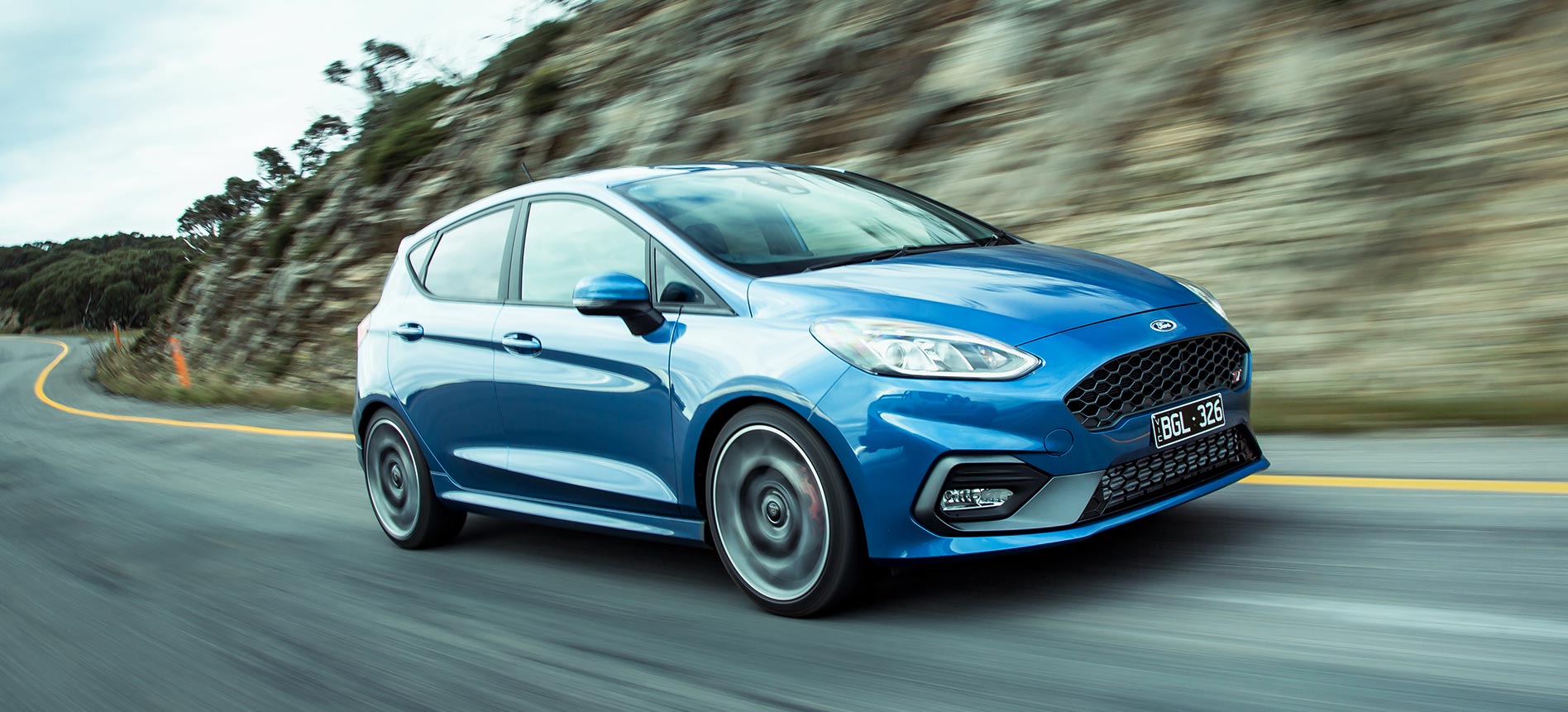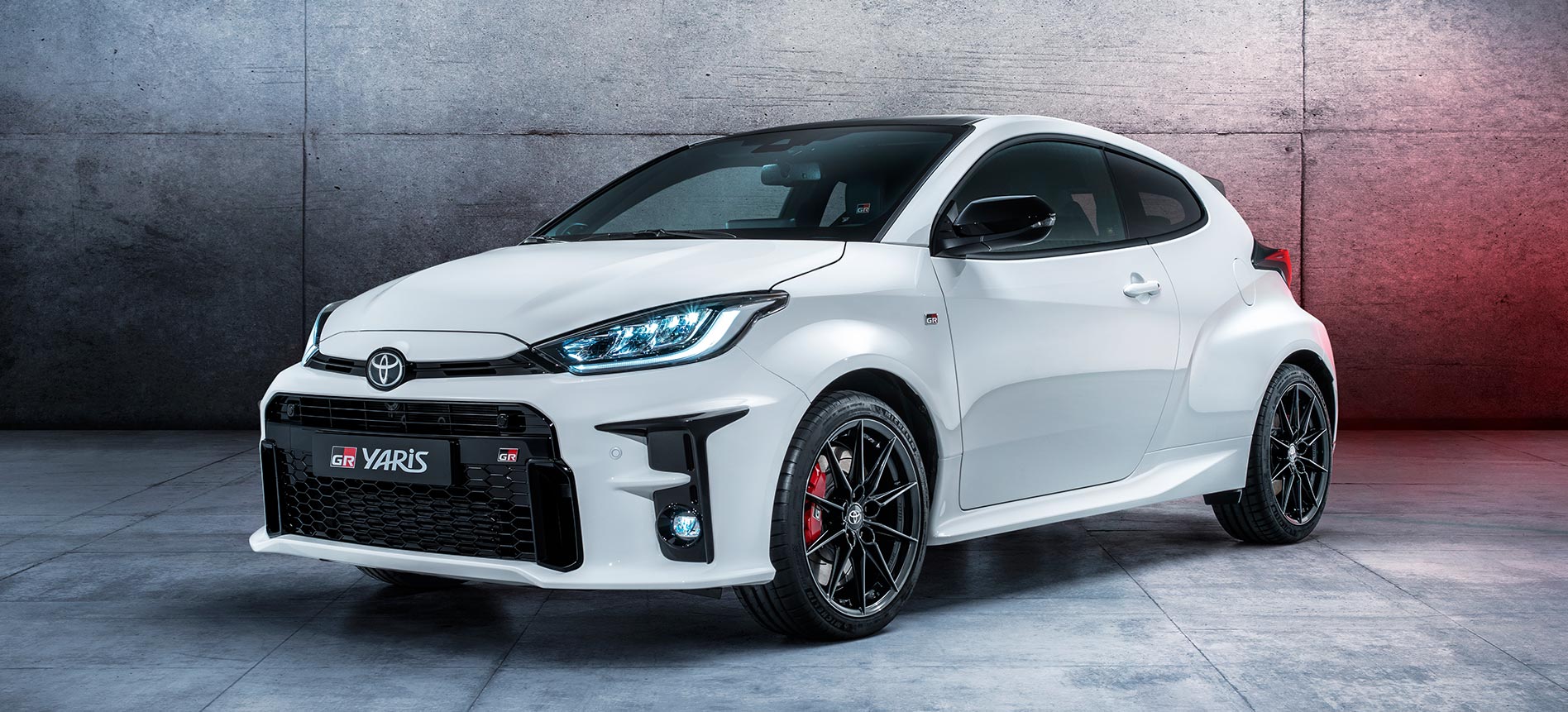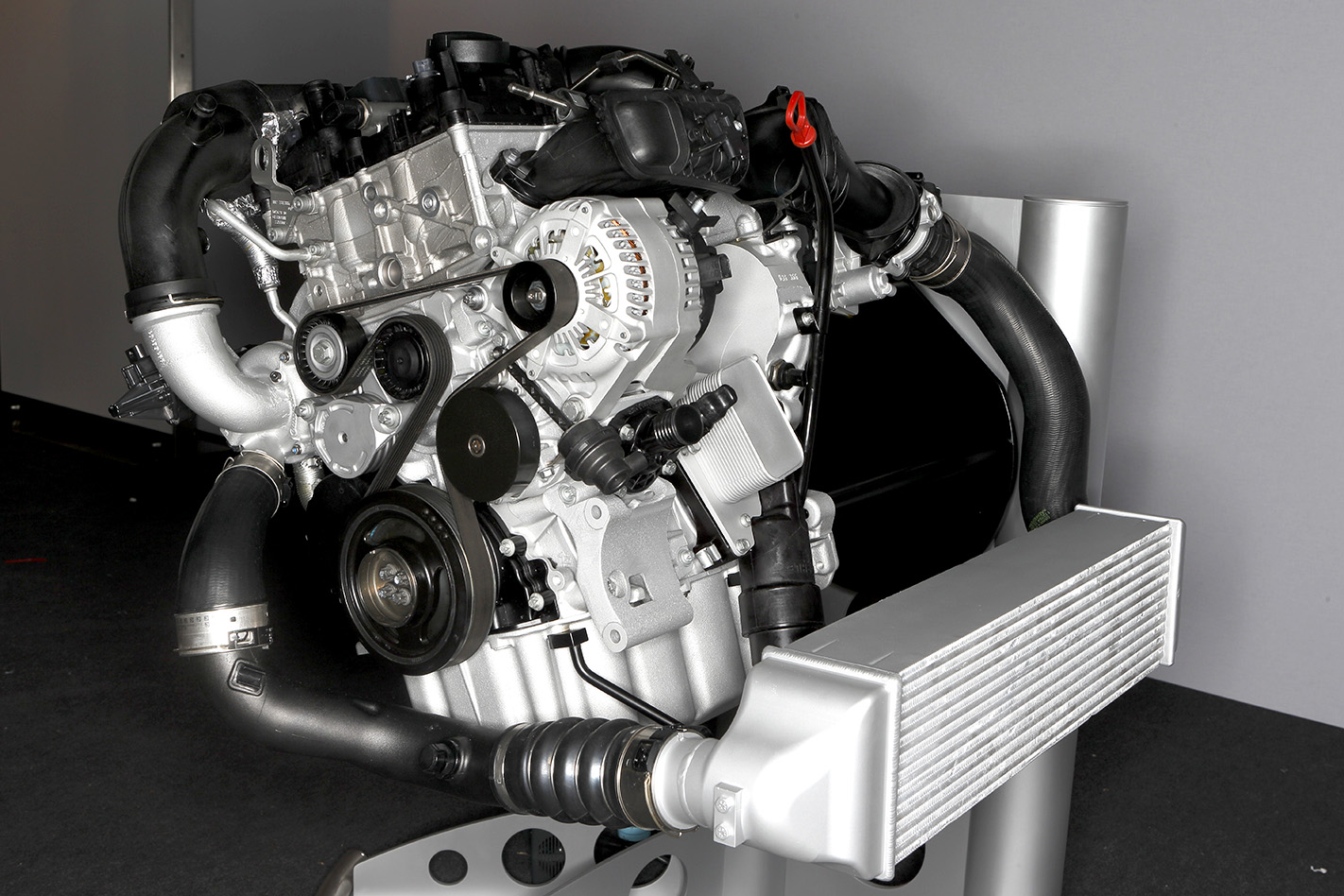
There’s something to be said about symmetry and even numbers. They’re easy to understand, easy to divide, and to the human brain they appear whole. Which is why oddball configurations like a three-cylinder engine just seem plain weird.
But now is the three-pot’s time to shine.
As far as odd numbers of cylinders go, the three-piston format has been looked down upon for too long in the world of cars. Having five cylinders has always been considered sexy (mainly because Audi RS has championed that particular format and it happens to sound like a combat robot’s orgasm), while the only one-pot we can think of is the range-extender version of the BMW i3.
Put simply, if the cylinder count is a prime number, it’s rare.
Yet that’s changing. Once derided for being low on grunt and high on vibration, three-cylinder engines are showing up in more cars these days for a variety of very good reasons. Some of them happen to be more than just adequate – in fact, some of them happen to be preferable to the four-piston alternatives.
Here’s how three-cylinder engines manage to do more with less.

Three-cylinder engines can make big performance numbers
The latest generation Ford Fiesta ST is finally in Australia, and contained within its snout is arguably the world’s best three-cylinder engine. It’s physically tiny and displaces just 1.5 litres, but thanks to plenty of turbo boost pressure it manages a stout 147kW and 290Nm.

Soon enough, we’ll have another turbo triple bearing down on us in the form of the Toyota GR Yaris, which makes use of a 1.6-litre three-pot that huffs even more boost to produce around 185kW/350Nm.
It wasn’t long ago that we’d expect to see those numbers from a three-litre V6, not something that’s literally half the size.

The secret here is turbocharging. Turbo technology has advanced greatly to the extent that an engine’s displacement and cylinder count doesn’t necessarily dictate how powerful it can be.
Turbos are essentially air pumps that increase the volume of air an engine can ingest, and a modern three-cylinder engine can now be engineered to take enough boost to bring their output up to four-cylinder levels.
But why not just use a bigger four-cylinder in the first place and forgo the complexity of a high-boost engine? Well…

Three-cylinder engines are lightweight and compact
This one should be obvious. Having fewer cylinders results in an engine that’s physically smaller and takes up less room in a car. That means they’re easier to package in hatchbacks from the small and light segments, even when you add in the extra mass and plumbing for a turbocharged inline-three.
Why is that desirable? Well, a few reasons. Firstly, space is already at a premium in small cars, and the less of a car’s footprint that needs to be taken up by the powertrain, the more can be liberated for the passengers. Secondly, reducing the weight of the engine – normally the heaviest single component in a car – means there’s less mass to motivate and thus a reduced demand for power.

A lighter car with a smaller engine can feel just as swift as a heavier car with a bigger engine, essentially. It’s why compact cars like the Kia Picanto GT and Suzuki Swift GLX Turbo feel so perky.
Lastly, a more compact engine makes it easier for engineers to comply with crash safety regulations. These days cars need a certain amount of crush space ahead and above the engine to make it safe enough in a collision, so a small engine delivers an advantage there.
Three-cylinder engines are cheaper to manufacture
It’s a no-brainer. Having three-quarters the pistons, conrods and valves as a four-cylinder engine mean there’s a proportionate reduction in the cost needed to manufacture a three-cylinder powertrain.
The saving doesn’t just come from the reduced amount of metal either. It comes more from the reduced number of operations required to make and install those components, both in machine time and human labour, and when you’re building cars by the hundreds of thousands even a saving of a few seconds per engine adds up to a considerable amount over a full production run.

As the old adage goes, time is money. That either frees up capital to put more technology into the car, use more expensive materials, or simply build the car for less cost and deliver a more price-competitive product.
Three-cylinder engines are efficient
Another benefit of having fewer moving parts and less weight is that three-cylinder engines are generally more efficient than a four-cylinder of an equivalent size. Less internal friction is generated because there are fewer things rotating and sliding inside the crankcase, and the lighter weight of the engine means less energy needs to be expended to move the same distance. It’s a win-win.



